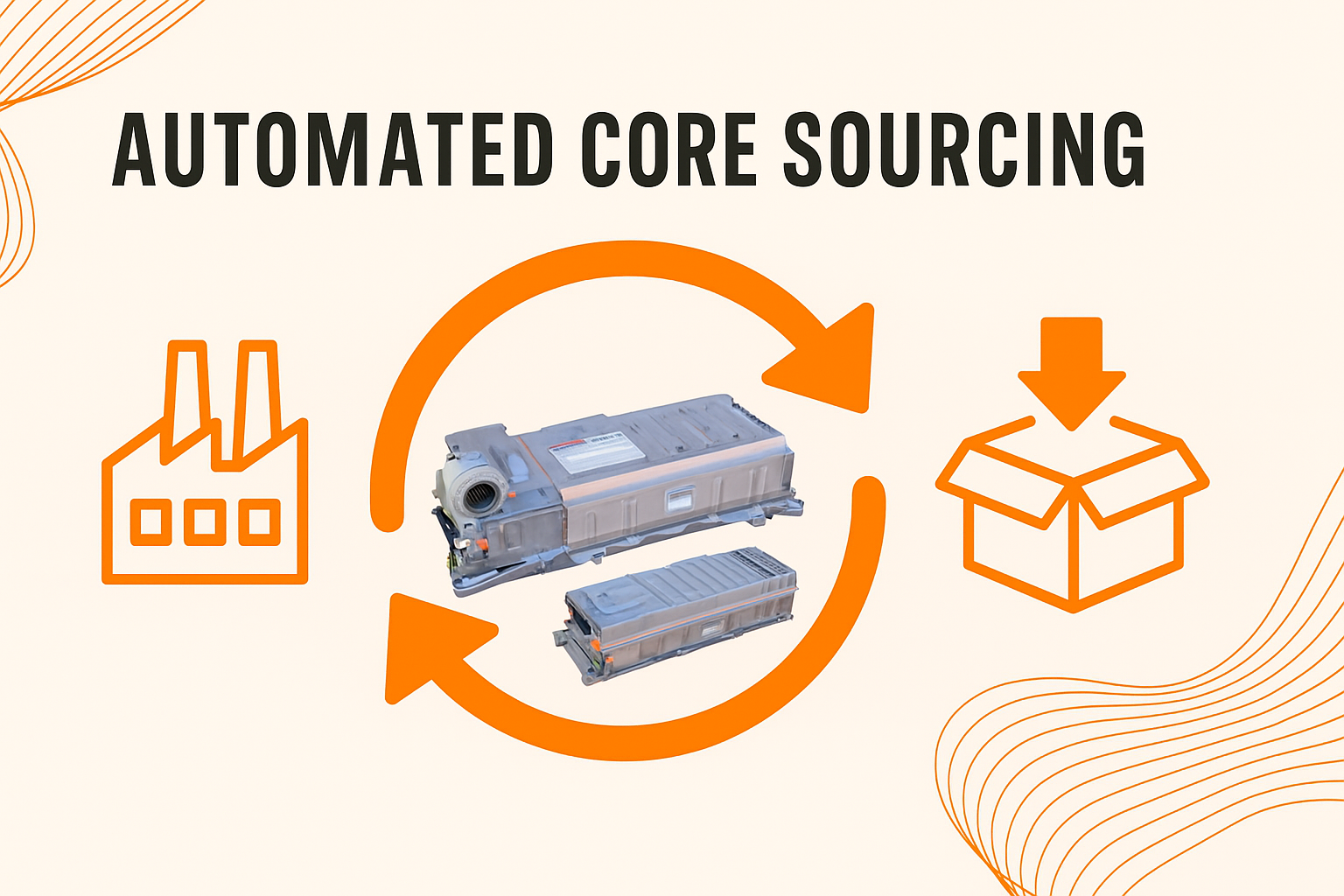Maximizing the Value of Electric Vehicle Batteries

Maximizing the Value of Electric Vehicle Batteries
The era of Electric Vehicles has arrived, but batteries don’t last forever.
Surging demand for electric vehicle batteries and battery materials is increasing attention on how to properly manage batteries at their end of life. While batteries eventually need to be recycled to recover the valuable minerals inside them, determining the end of life for a battery is complicated.
Lithium batteries in EV's die twice - once when they can no longer power a vehicle, and again when they can no longer power something else. Taking advantage of the second-life of batteries is key to maximizing the economic and environmental value of electric vehicle batteries. A growing list of companies in Europe and the US are actively designing and deploying ‘second-life’ systems to make use of retired batteries coming off the road - and the market for second-life batteries is poised to grow rapidly.
Over the last decade, the cost of large-format lithium ion battery packs for vehicles have fallen (from over $1000/kWh to $150/kWh). Meanwhile production capacity has increased a hundred fold (1.5 to over 550 GWh annually), which means that global lithium battery manufacturing now surpasses lead acid battery manufacturing. To illustrate, batteries produced in the last year alone could store about 2 months of US electricity production. Consultants like McKinsey & Company currently expect well over 200GWh of used EV batteries to come to market each year by 2030.
Increasing energy, power density, and cycle life of batteries are enabling larger pack sizes and across a wide range of applications. The average size of an EV battery in a passenger vehicle sold in the US has tripled since EVs came on the market in mass - from approximately 25 kilowatt hours to over 75, while the weight of a pack has doubled. Even as the costs of batteries have fallen, batteries are still one of the most important drivers of EV purchase costs. Currently, EV battery packs still represent 30-40% of the cost of a new electric vehicle.
Unfortunately, batteries don’t last forever.
Over time, battery performance inevitably degrades - a metric commonly referred to as battery state-of-health (SOH). As SOH declines, less of the stored energy becomes accessible for high power applications like accelerating a car. But even after 8 to 12 years in a vehicle, EV batteries are expected to retain 70-80% of their original energy storage capacity in a second-life application.EV batteries can subsequently be removed and repurposed into second or even third-life applications like providing back-up power, charging support, or other stationary storage applications. In these lower power applications, batteries can provide an additional 6 to 10 years of service if properly managed.
Given the costs of manufacturing new batteries and the technical potential for reuse, there is a significant opportunity to maximize the economic and environmental value of EV batteries through repurposing. By effectively matching retired batteries to second and third-life applications, OEMs, third parties, and other stakeholders can continue to squeeze additional cycles out of the battery. Repurposing also reduces the environmental impacts of new battery production by maximizing lifetime of existing batteries, and helps ensure batteries are recycled at their end of life.
Vehicle manufacturers are accelerating their investments in demonstration and pilot projects aimed at developing the market for battery repurposing. These companies see the potential value of battery repurposing - by deriving additional revenue from batteries in a second-life, it both reduces the costs of new batteries and provides additional stationary storage to support renewables. As the market matures, used batteries could become valuable products on their own.
Figure 1- Costs of a repurposed battery versus new battery

While the market for battery repurposing is growing, barriers remain. Consulting firm McKinsey & Company reported that EV second-life batteries could potentially offer 30 to 70% lower costs than new batteries. However, there are challenges to realizing those benefits:
- Evaluation: Testing and evaluating the batteries to assess their condition and capacity requires specialized equipment and expertise, contributing to the overall costs.
- Refactoring: Reconfiguring the batteries to suit the intended application involves labor, materials, and engineering efforts, further adding to the repurposing costs. Specific costs may vary based on battery chemistry, condition, and the intended second-life application.
- Certification: Extensive testing for certification often requiring specialized equipment or additional transportation, increases repurposing costs.
A key to growing the second-life market is reducing the costs of repurposing, including streamlining battery evaluation and testing, standardizing data tracking and compatibility, and ensuring efficient and safe transportation. The National Renewable Energy Laboratory estimated that with vehicle battery SOH data readily available, repurposing costs could be as low as $20 per kilowatt-hour (kWh). Making it easier to track batteries and key state of health information across the value chain for batteries will allow OEMs to achieve the scale and volume necessary to reduce costs and make repurposing economical.
Streamlining standardization and certification could also help reduce costs and increase the deployment of second-life batteries. UL, or Underwriters Laboratories, is a global safety certification organization known for setting stringent safety and performance standards for a wide range of products, including electronics, electrical equipment, and industrial machinery. Currently, UL certification necessitates extensive testing and validation processes, which can be costly and time-consuming, making it challenging for smaller players to compete in the burgeoning market of repurposed electric vehicle batteries. This process for certification, while ensuring consumer safety, can limit the accessibility and scalability of second-life battery solutions in the energy sector.
The rapidly evolving regulatory landscape adds another layer of complexity. As EV technology continues to advance, regulations struggle to keep pace, leading to uncertainties and inconsistencies across the industry. Different jurisdictions may have varying rules and requirements, further complicating the repurposing process across borders. Ensuring compliance with safety regulations can increase costs and complexity, as repurposed batteries may need to meet stringent safety standards that are subject to change as the technology progresses.
Addressing regulatory and logistical barriers necessitates close collaboration between industry stakeholders, policymakers, and standardization bodies. In the near term - companies need tools to stay up-to-date on regulatory developments and make clear the requirements of overlapping standards and regulations.
Currents is developing a platform that will provide key insights into the second-life battery sector. Currents’ business-to-business (B2B) marketplace provides the channel for trusted suppliers to sell batteries priced based on SOH to approved, vetted buyers. The platform will allow users to view data on the volume of expected battery retirements, second-life storage capacity, and estimates of sectoral demand. The tool will also provide a valuable summary of key regulations and developing policies across major markets for electric vehicles. Inventory and price transparency along with confirmed, tested SOH from trusted suppliers is here. Register for access to the platform below, and spend less time sourcing and more time scaling.





